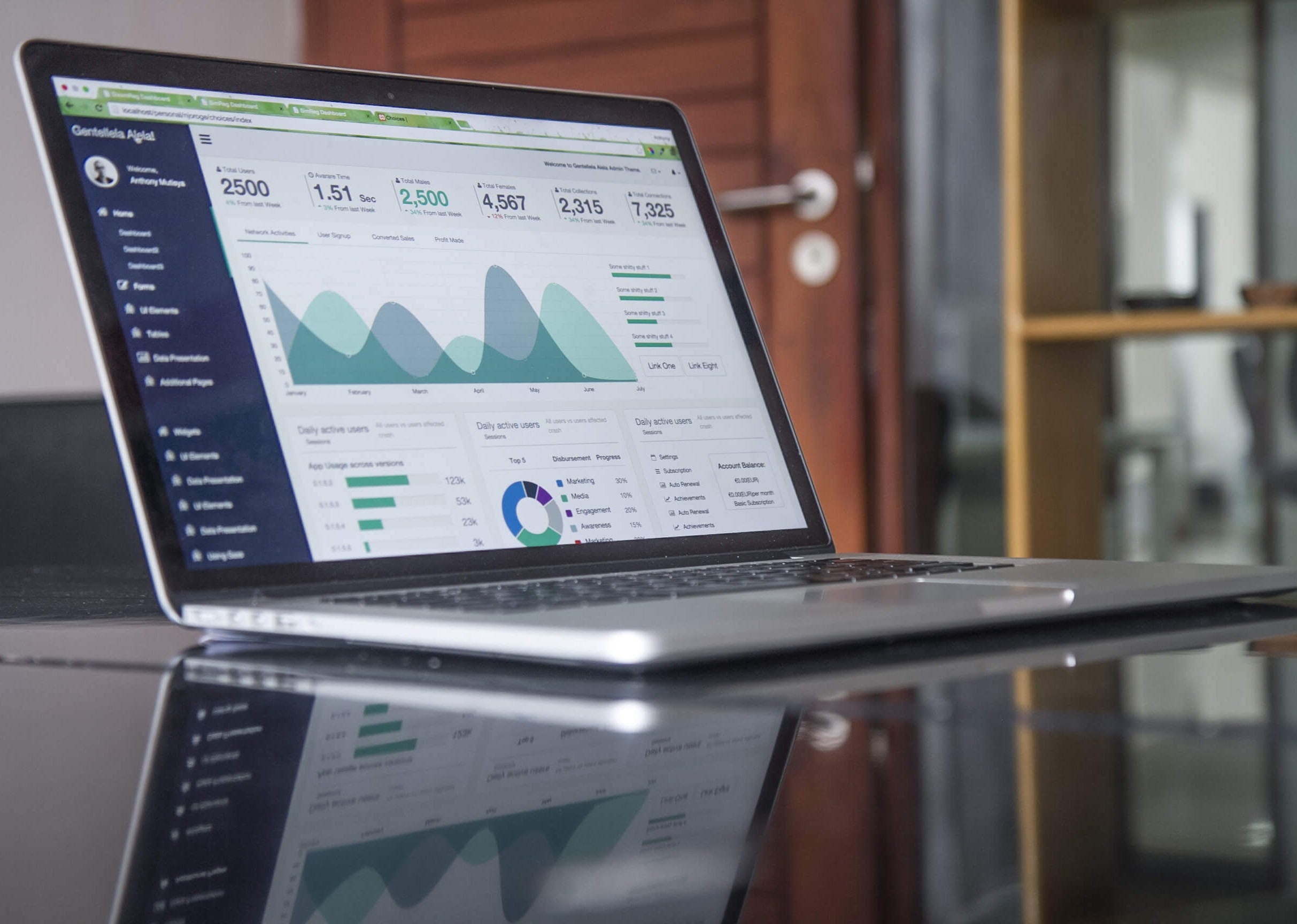Three Scenarios That You Might Face in Data Visualization

Whether you are doing multivariate analysis or building a deep learning neural network, data visualization arguably the most important part of any data profession. I personally enjoy the analytics more than the visualization of data, however, if the data I am analyzing is not understood by the end user, then what’s the point?
Data visualization is an interesting part of data professions because it is one of the only, if not the only part of the profession that can be left up to interpretation, rather than pure fact. Sure, your bar graph that compares sales is correct, but maybe it would’ve made more sense to the end user if it was in a circle graph? Data visualization is a part of the profession that I continue to get some extra practice on, however, with all the mistakes and practice I’ve had, I’d like to offer some of it to my readers and fellow data professionals/students. Let’s get into it!
Disclaimer: I am not a full time data professional, I am simply relaying my experiences from my summer internships and personal practice. This is not meant to tell you what exactly you need to know, rather, this is to give you some practical advice from experiences I’ve had. For advanced technical information, please check out Towards Data Science. If you are interested in some advice to help you with data visualization, keep reading!
Create with the End User in Mind
The best piece of advice I’ve received about data visualization is to “Create with the end user in mind”. Just as any creative knows their audience when creating a piece of art, so do data professionals when creating visualizations. In a sense, visualization is the artwork of data. We spend lots of time building models, doing statistical analysis, and cleaning data. Not many people understand that part of the profession, but everyone understands a good graph when they see one. With that in mind, let’s look at a couple audiences:
I. C-Suite/Executive Management
Chief Executive Officer, Chief Operations Officer, Chief Financial Officer, etc.
You will probably work with this group the least amount unless you are in mid-level data management or are a senior analyst. This group tends to be older, incredibly experienced, and not as technically adept as analysts, simply because that isn’t their job. The executive management are the one’s running the company, and they need quick and clean overviews. They may want to dive into numbers every now and then, but most of the time, they just need the high-level view to make decisions quickly. Power BI would be a good tool for these reports, as it allows for quick creation of reports rather than complex dashboards.
II. Upper-Level Management
Vice President of Marketing, Vice President of Sales, Director of IT, etc.
You will probably work with this group a little more than the executive management. This group tends to be middle-older age, experienced, and have above average technical skills. They like to dive into the numbers a little more, but for the most part, still like to keep a high-level view. Tableau would be a good tool for this group, as these managers like to dig into the numbers at their own will.
III. Mid-Level Management
Marketing Automation Manager, Sales Development Manager, etc.
This is one of the most frequent groups you will work with. This group is younger, less experienced, but more technically adept. Growing up in the beginning of the information age, they are more interested in digging into the numbers than other groups. Tableau would be really good for more technical positions, while Power BI would be good for less technical positions.
IV. Specialty Positions/Individuals
BI Developer, Web Analyst, Customer Development Representative, etc.
This is another group you’ll work with a significant amount of time. Many concentrated positions will ask for you to pull metrics for them. This group is very young with very little experience, but high technical aptitude. Any reporting or visualization tool works because they will probably be able to understand it!
Data Visualization Scenarios
Now rather than just telling you about the different end user groups, I’d like to actually show some examples of how I create reports for these different groups using the same data. Typically, you’ll start by getting an email from someone asking, “Hey _____, what can we learn from this data and how have we been performing?”. That’s about all the guidance you’ll get, so here are three examples with my thought process while creating them. For these visualizations, I used a video game sales data set by Gregory Smith on Kaggle, a website that provides free data sets. For these scenarios, you are the lead data analyst at a video game company towards the end of the fiscal year. Many stakeholders are curious on how they did, and what they can do to improve. Let’s get through these reports!
#data-visualization #data-science #analytics #data-analytics #education #data analysis
